Explore
First Passive House in NZ sells at auction for top dollar
This is a house for the record books, being the first certified Passive House in the Southern Hemisphere.

There was no need for the auctioneer to go into too much detail about New Zealand’s first certified Passive House. Everyone in the auction room knew exactly what they were bidding for - the chance to own a slice of history and a house that ticks every box for sustainability and comfort.
The property, in Kesteven Ave, Glendowie, Auckland sold under the hammer after heated bidding and 28 bids. It fetched $4.215 million, $640,000 above the RV of $3.575 million.
Bidding started at $3.3 million, and jumped quickly up to $4 million, when the auction was paused. The property came back on the market at that price and two bidders went neck and neck with 19 further bids - the successful bidder came back promptly after each counter bid.
Beautiful established landscaping is another bonus for buyers. The section is a massive 999m².
The 323m² house, built for Philip and his family 13 years ago, remains a perfect example of a high-quality Passive House build. It maintains a steady temperature of 20-22deg all year round, with minimal heating required - the family has just spent their 13th winter in short sleeves. The season makes very little difference.
Philip said the constant temperature was something they were very accustomed to: “The kids hated having sleepovers at friends’ houses because it was always cold, and they were used to running around the house in T-shirts”.
The couple said they were selling as their children have left home and they are downsizing, but they are planning another Passive House.
The steadfast temperature within the house is down to the highly specified construction. This provides ultra-high levels of insulation, including double and triple glazing, and an airtight membrane-wrapped home that’s ventilated by a mechanical heat recovery system.
The heat within the house comes from the sun during the day, and also from the people inside, and their various activities that generate warmth. And because the house is airtight, it’s quiet inside, Close the door and all sound outside drops right away.
Warmth from the people living in the house and activities such as cooking and bathing all help to raise the temperature inside the house.
And there’s another plus to the system - there’s never any condensation or mould. "The air is completely recirculated six times an hour, and we have never had even one tiny speck of mould or mildew anywhere in the house, so it is also a lot healthier," the owner says.
The couple told Stuff they opted for a Passive House build as Philip’s wife grew up in Canada with central heating, and found houses in New Zealand cold in winter.
The house covers 323m² and, if it weren’t for the Passive House credentials, would be relatively expensive to keep it at an even temperature.
"I admit it was somewhat scary at the start,“ he said. ”We thought we were taking lots of risks, as there were very few tradespeople who knew how to build such a house; today it is much more common."
The owner estimates the cost of the build (by Chris Foley) was 15% higher than it would have been if it was not a Passive House. The extra cost was incurred by making the house airtight and providing the ventilation system.
The energy costs are a fraction of the norm in a non-Passive House. The owners say their winter energy bills are no more than in the summer. They spend around $120 a month, and that includes charging three EV cars and using a clothes dryer.
Cotality puts the median value of properties in Glendowie at $2,004,039.
Author
Search
Other articles you might like
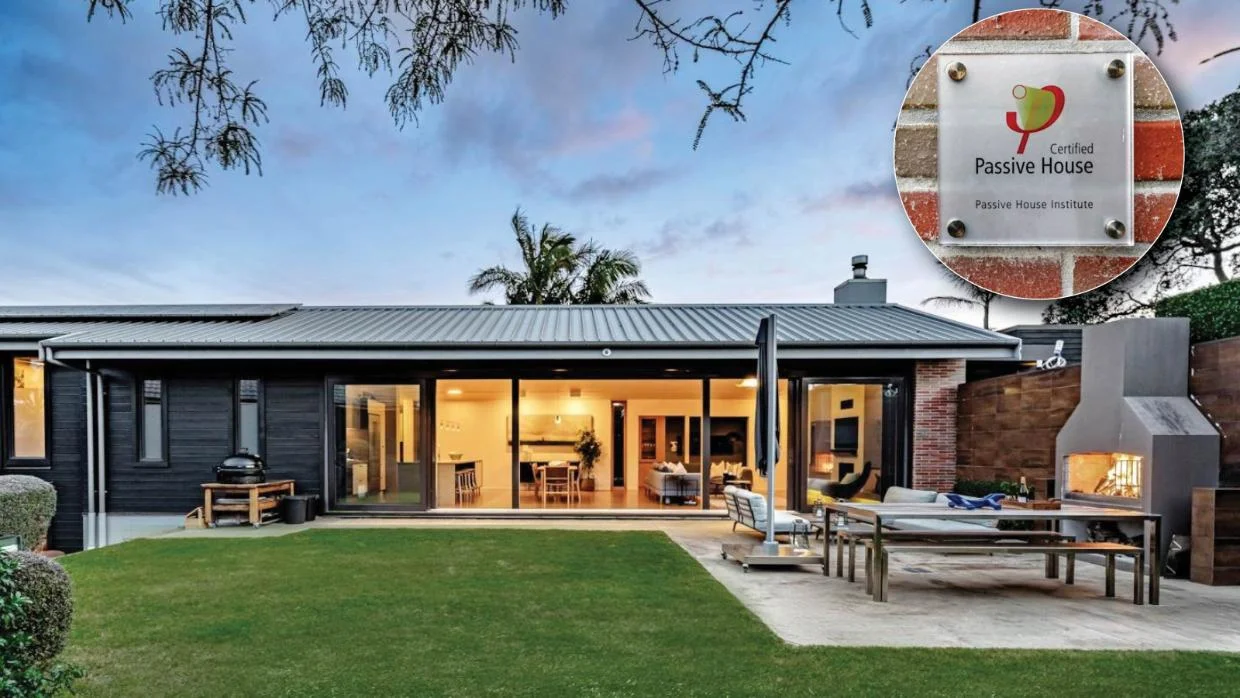
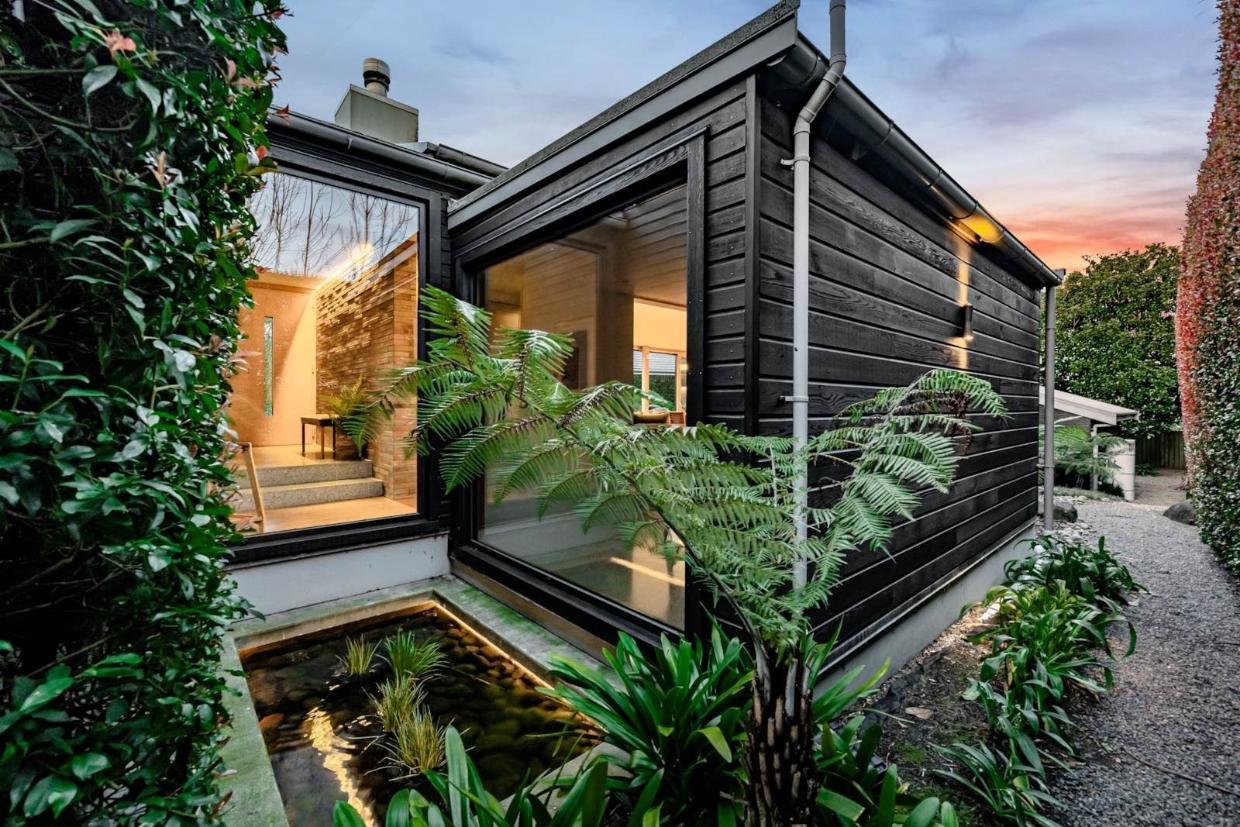
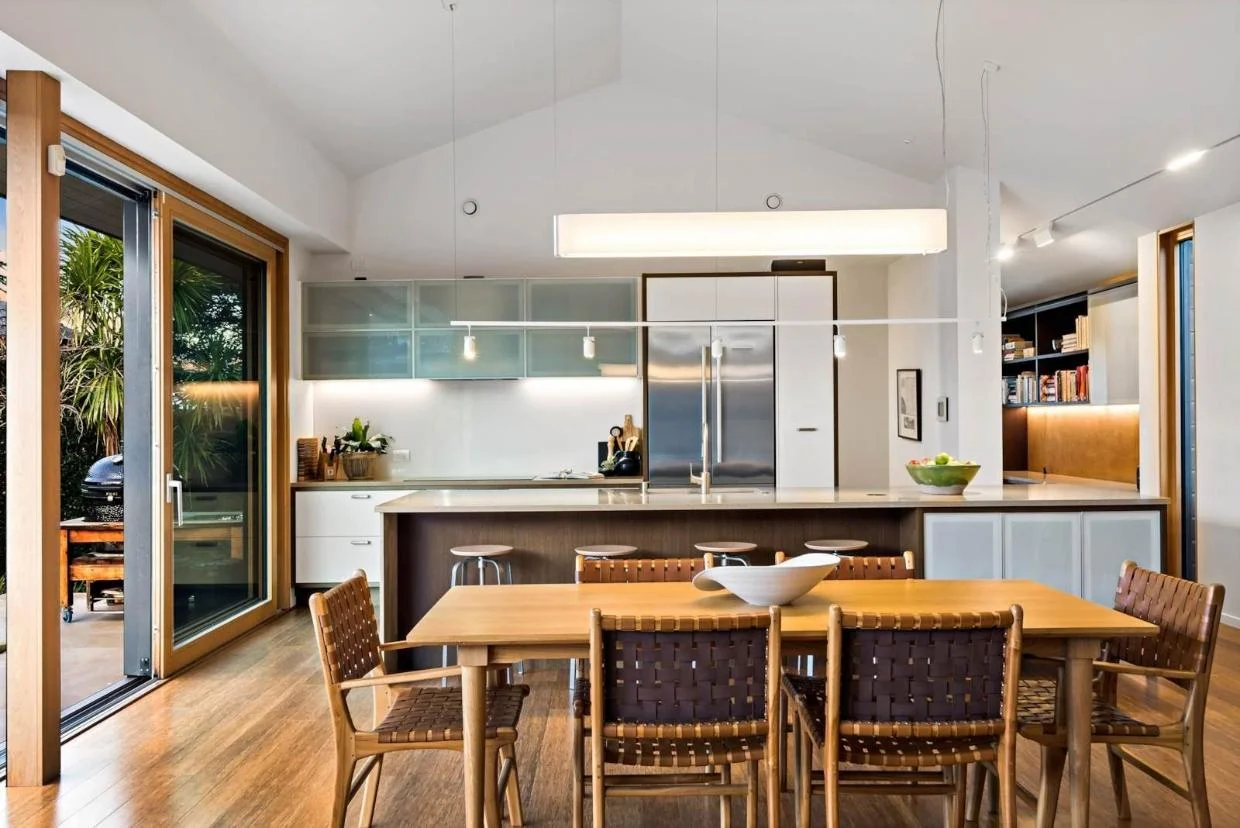
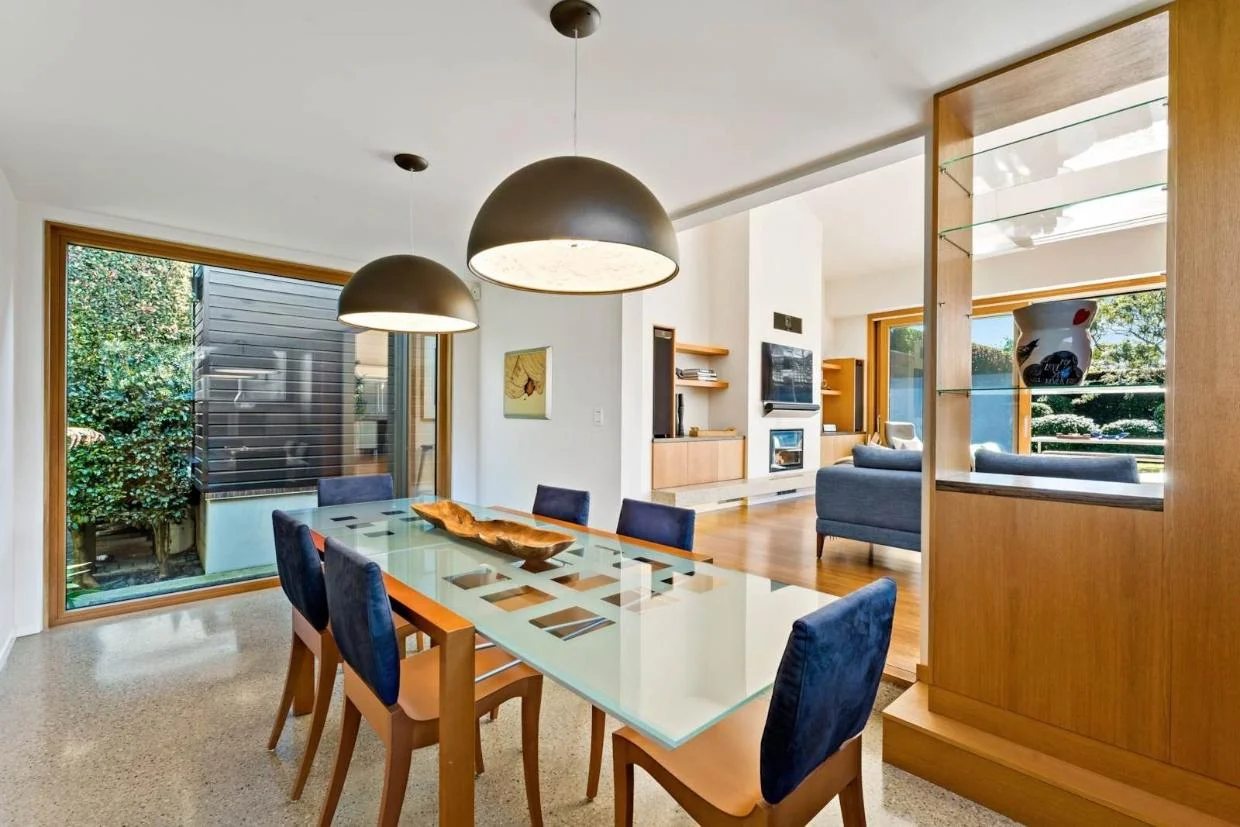

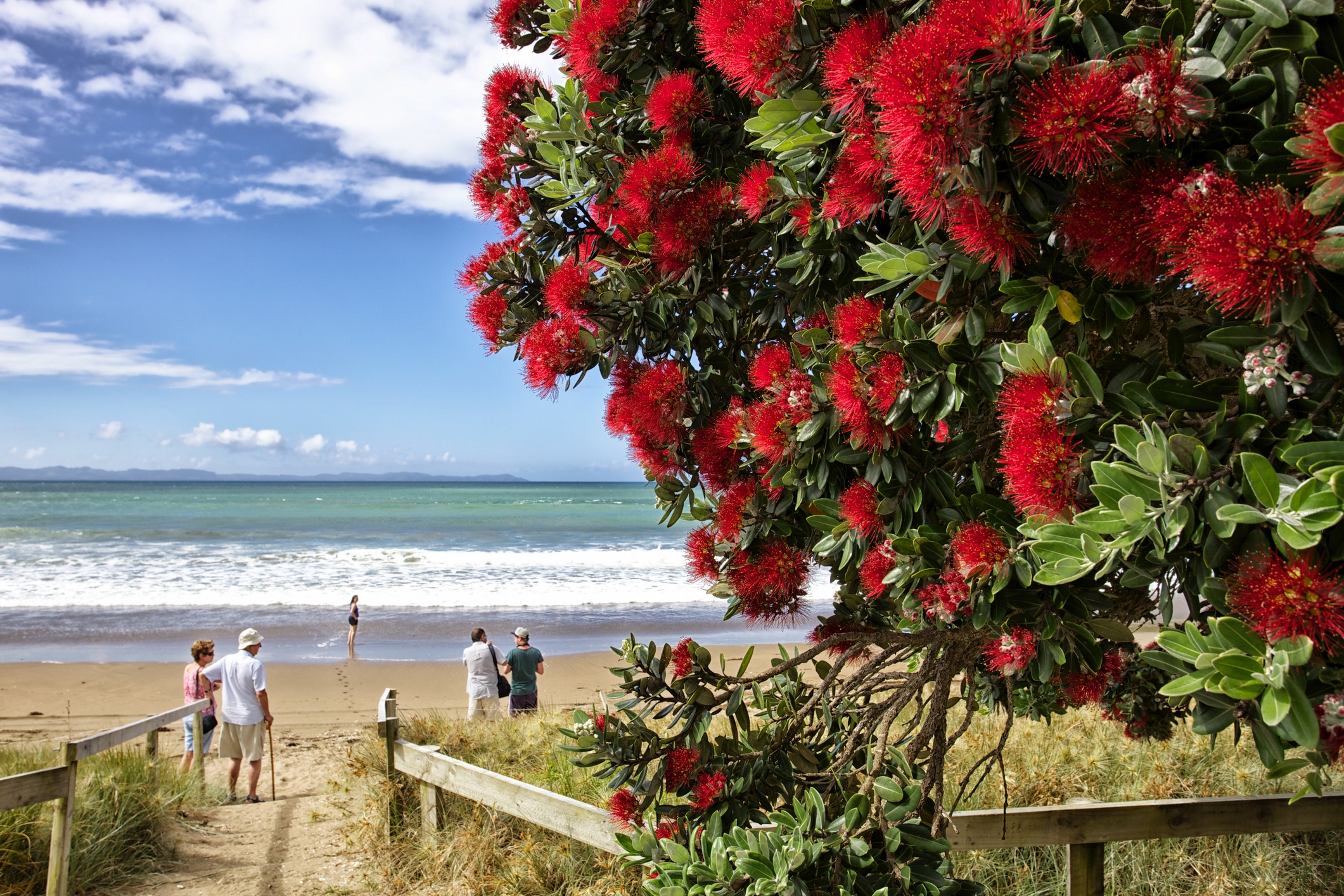
.png)



